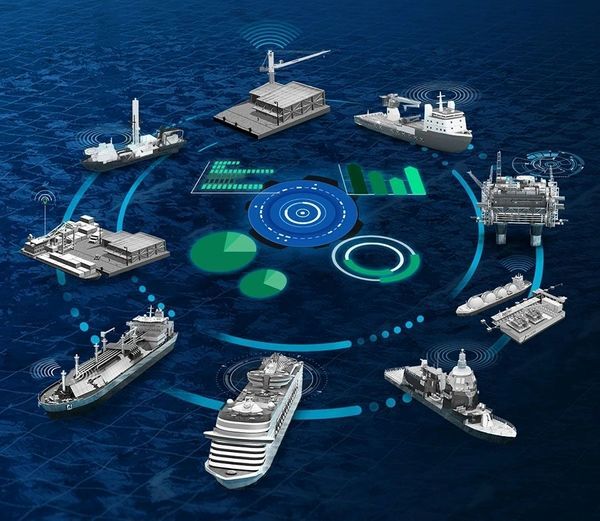HSE SERVICES

The oil industry holds a major potential of hazards for the environment, and may impact it at different levels: air, water, soil, and consequently all living beings on our planet. Despite its potential treats to the environment, the oil industry plays a positive role in society as well.
Four aspects of specific environmental issues are found in the upstream oil sector: environmental management systems, environmental impact assessments, regulation and compliance, and CO2 emissions and climate change.
Therefore, oil companies may profit even more and in different ways by adopting pollution prevention practices. However, many companies in the oil business are still not adopting pollution prevention practices. Their environmental policies are oriented towards the compliance of rules established by environmental authorities, which reflects an End of Line Control corporate culture as well as a reactive approach to environmental management.
Environmental Impact Assessment (EIA) is a procedure whereby the significant environmental impacts of a proposed development project are assessed prior to activity taking place. EIA has the potential to be a powerful tool to ensure that the environmental and cultural impacts of proposed development activities are assessed, considered in decision-making, and mitigated. While the features of EIA vary between jurisdictions, there are a number of common elements. These are:
- Screening: A mechanism to identify projects with potentially significant adverse environmental impacts in order to “screen out” proposals with minimal impacts.
- Scoping: A process of determining the range of issues to be addressed in the EIA and for identifying the significant issues relating to a proposed action.
- Alternatives: The identification and measurement of the impacts of alternatives to a proposed development that may cause less environmental damage, including the option of “no development”.
- Baseline Environmental Study: This provides a description of the existing environment of the proposed development site and its environs, including a cultural resources survey, prior to any activity taking place.17
- Impact Prediction: A procedure for ensuring that all potentially significant environmental impacts, including cultural and social impacts, are identified and considered.
- Mitigation Measures: The identification and discussion of measures to mitigate predicted adverse environmental impacts.
- Environmental Impact Statement (EIS) or EIA Report: The document, usually prepared by the proponent of an activity, which describes a proposed development, discloses the predicted impacts on the environment, and sets out information on feasible alternatives and mitigation and protection measures.
- Public Participation and Review of EIS: Public consultation and participation are an integral part of an effective EIA process, and may take place at all stages in the EIA process. As a minimum, EIA procedures in democratic countries allow for public review and comment of a draft EIS before a final EIS is prepared.18
- Decision: After the final EIS has been prepared, the relevant decision-making body must decide regarding whether the proposed development should proceed, and if so, whether any conditions on development will be imposed.
- Post-Project Analysis: This includes on-going surveillance and control over development activities and their effect on the environment through monitoring and auditing.


